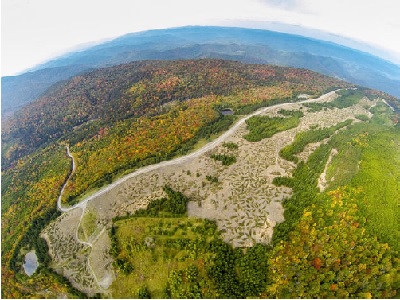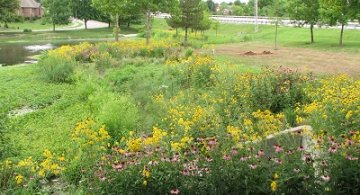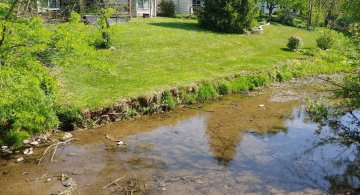Constructed Wetlands
Key Features:
|
Project Files:
Throughout Appalachia, the effects of surface mines are apparent across the landscape. These lands were once some of the most biologically diverse regions of the world. However, the effects of historic surface mining have left the mountains scared with areas unable to return to their ecological value. Without sustantial restoration efforts, many habitats, unique native species and environmental services will be lost.
A grant from American Rivers funded a collaborative effort between Green Forests Work (GFW), Monongahela National Forest (USFS), Appalachian Regional Reforestation Initiative (ARRI), West Virginia Division of Natural Resources, NRCS Plant Materials Center and the Central Appalachian Spruce Restoration Initiative is working to restore ecosystems lost to surface mining. The team began implementation of an ecological restoration project in the Lambert Run watershed in the summer of 2013. A holistic suite of restoration activities including soil decompaction, wetland restoration, woody debris loading, and planting of native trees and shrubs will restore habitat for the federally protected northern flying squirrel, native brook trout, and numerous species that inhabit wetlands.
EcoGro was contracted to perform the earth work to build numerous small wetlands. Within one week, we built over 50 vernal pools within the footprint of the site restoration project. Because the area had been previously mined and recently deep ripped, field conditions (e.g. water flow and amount of clay in the soil) were highly variable and unpredictable. Therefore, the work relied heavily on the ground conditions and not on previously prepared design plans. Excellent and knowledgeable operators, the ability to rely heavily on Americorp staff during the government shutdown, along with the ability of GFW to conduct a site visit during the work allowed for a successful project despite the inability of active USFS engagement during the government shutdown.
Project Partners









